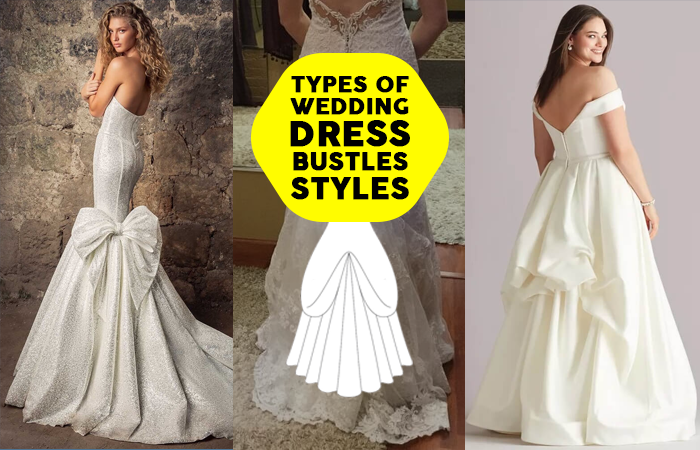Irrespective of the hem length, wedding gown trains never fail to add a dash of elegance to your bridal getup. But those extra yards of satin and lace can sometimes get in the way during the wedding festivities. This has led to the popularity of bustles among modern-day brides who wish to keep their hemlines clean while walking and dancing without the constant fear of stepping on or tripping over your train.
A bustle reduces or eliminates the additional fabric training behind the wedding dress on a temporary basis by sewing it into the dress using hooks, buttons, or strings. Today we are going to take you through the popular bustle types ranging from traditional to unique so that you can make the most of post-ceremony festivities without any inhibitions.
6 Different Types of Wedding Dress Bustles Styles
- Over Bustle
- Under Bustle
- Ballroom Bustle and Train Flip Bustle
- Royal/Victorian Bustle
- Bow Bustle
- Austrian Bustle
1. Over Bustle
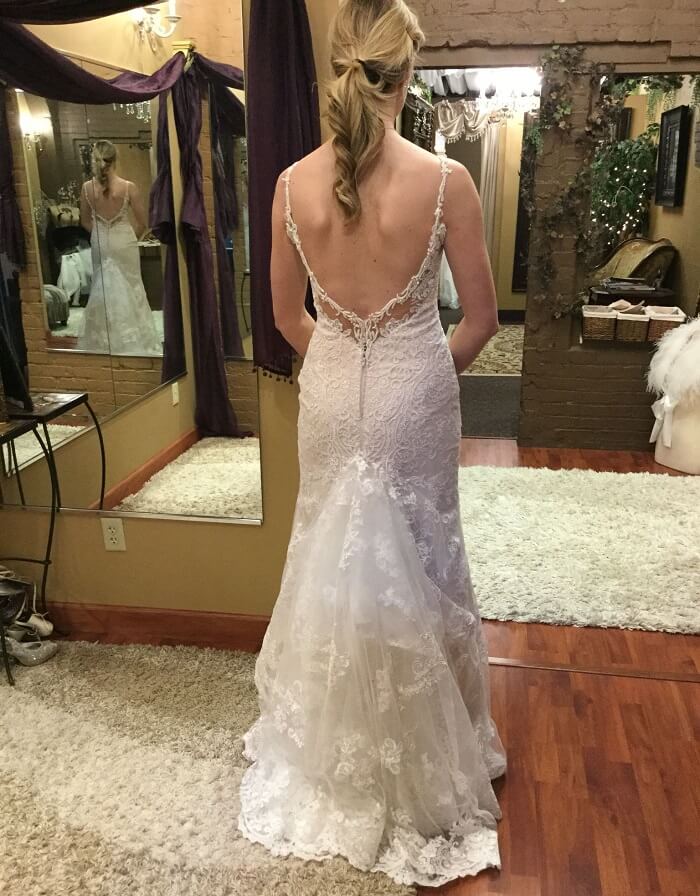
This simple style is attained by “eyes” placed along the waistline and “hooks” sewn 14 to 20 inches down the back skirt. Usually, the hooks and eyes are covered using rosettes, lace appliques, bows, and even buttons. The number of buttons and hooks you require totally depends on the length of your train. As the train is gathered up and fastened over the top of the dress, it results in gorgeous cascading folds. Brides can enjoy greater flexibility with this style of the bustle as they can decide amongst one statement or multiple pickup points depending on the style which complements their gown best. It is also recommanded to check matching bridesmaid dresses to sparkel the event.
Suitable for Dress: Ballgowns with long trains
Best for Location: Church & Outdoor weddings
2. Under Bustle

French bustle looks like a dream on gowns having a decorative back as it doesn’t cover up the detailing below the waistline. This style is more secure compared to the over-bustle style and the gown remains lifted from the bottom area while the hooks and buttons stay hidden for a more streamlined look. Train of the dress remains folded underneath and can be done either singularly or with multiple layers. Seamstresses often add color-coordinated ribbons underneath the gown with this type of bustle. Each hook gets matched with its pair for creating a bouffant fold when it’s time to be bustled.
Suitable for Dress: A-line, mermaid, sheath, trumpet gowns, or the ones with narrow skirts and dresses without a defined waistline.
Best for Location: Outdoor weddings
3. Ballroom Bustle and Train Flip Bustle
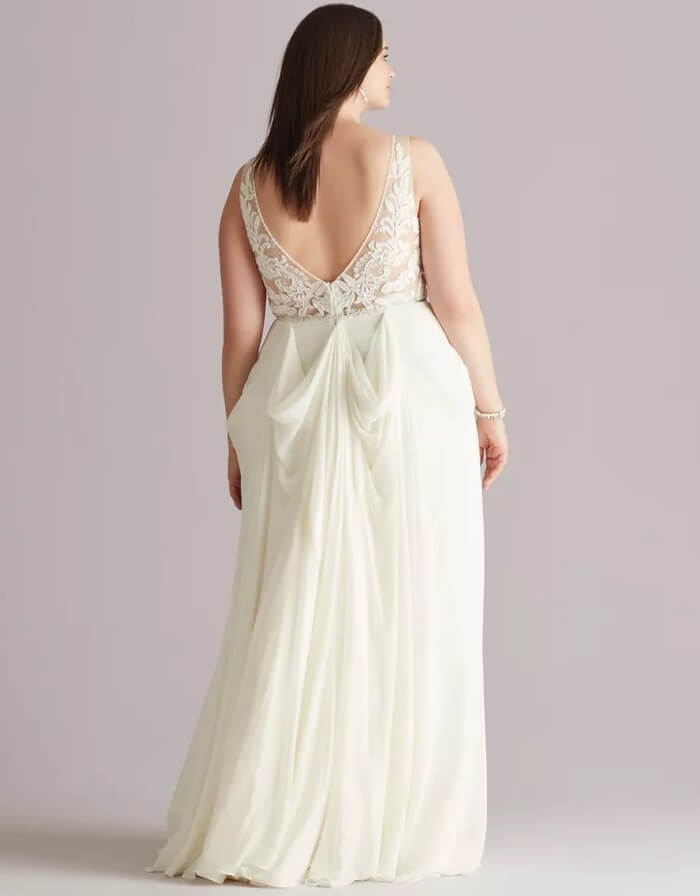
The ballroom bustle can serve as a match made in heaven for brides who wish to sport a floor-length gown on their special day without risking tripping over the train. This bustle falls slightly on the pricier side as multiple bustle points have to be sewn all around the bodice by professionals. The best thing about this flattering style is that it can easily hide the train without altering the look of the dress.
Suitable for Dress: Every possible silhouette although it looks best on ball gowns.
Best for Location: Wedding receptions where you wish to be on your toes either greeting the guests or swaying to peppy beats.
4. Royal/Victorian Bustle
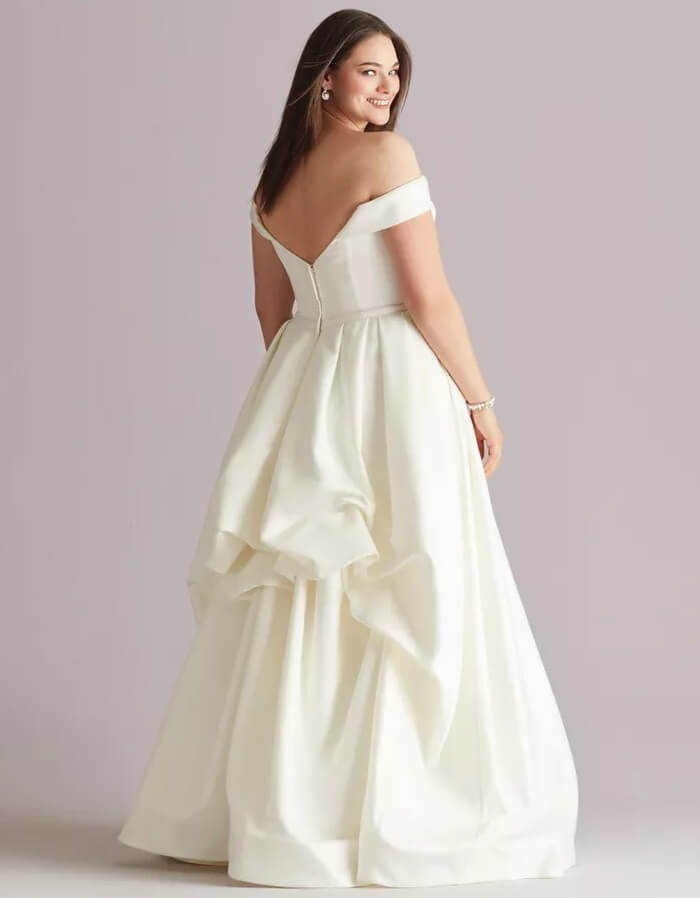
Victorian bustle creates an eye-catching shape which has led to its popularity amongst millennial brides who wish to radiate old-school vibes on their big day. The seamstress will simply have to create a ruching effect by affixing the fabric down the center of the train. Brides can choose between simple or elaborate bustles depending on their desired look. For a singular pickup point, just one hook and eyelet can suffice to lift the train. Multiple pick-up points shall have to be added both across and down the back for a more dramatic effect. Royal bustle style was traditionally created by adorning each bustle point with ribbons for a more natural look.
Suitable for Dress: Full ball gown or a very long train as a lot of fabric has to be pulled together for this style.
Best for Location: Church weddings
5. Bow Bustle
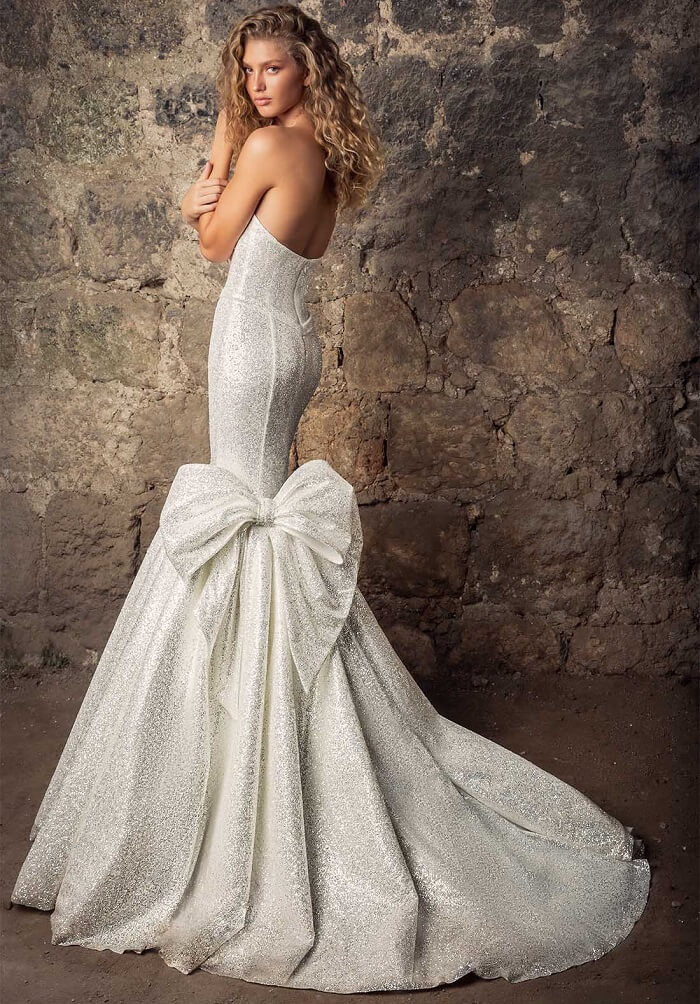
Add a dash of oomph to your wedding silhouette with the bow bustle which can be secured with hooks, buttons, ribbon, or sash. The fabric is picked up symmetrically and stays folded right above the gown to create an elegant look.
Suitable for Dress: A-line gowns, full skirts, and tulle fabric.
Best for Location: Afterparty when you wish to dance the night away without any obstruction.
6. Austrian Bustle

This uncommon style of wedding dress bustle draws inspiration from the Austrian theatre curtains. They are ruched together by being gathered softly onto an internal cord and the resultant being cascading fabric which flaunts your entire dress with panache while leaving its hemline near the ground. This style can be created easily by running a ribbon through the cased down back seams which are next pulled together to create a balloon shade-like look. Brides who are not very interested in keeping a long train can opt for this style.
Suitable for Dress: Bodice dresses having a simple skirt adorned with intricate lace, beading, or applique work.
Best for Location: Beach weddings given the casual flair it tags along.
Wedding gown bustles date back to the 1800s when fashion-forward women used to wear a frame below their dress for more support. The main aim was to create an illusion of a slender waist. Coming to modern times, bustles are used as a means of lifting up the elegant train of wedding gowns using ties or buttons for a practical and aesthetic style.
Cheryl Carter
Latest posts by Cheryl Carter (see all)
- Custom Leather Patches for Hats: Elevate Your Style by Choosing the Perfect - February 27, 2024
- Types of Curtain Pleats: Explore and Elevate Your Interior Design - February 6, 2024
- Korean Perm Hairstyles Male: Get the K-Pop Look - November 24, 2023
